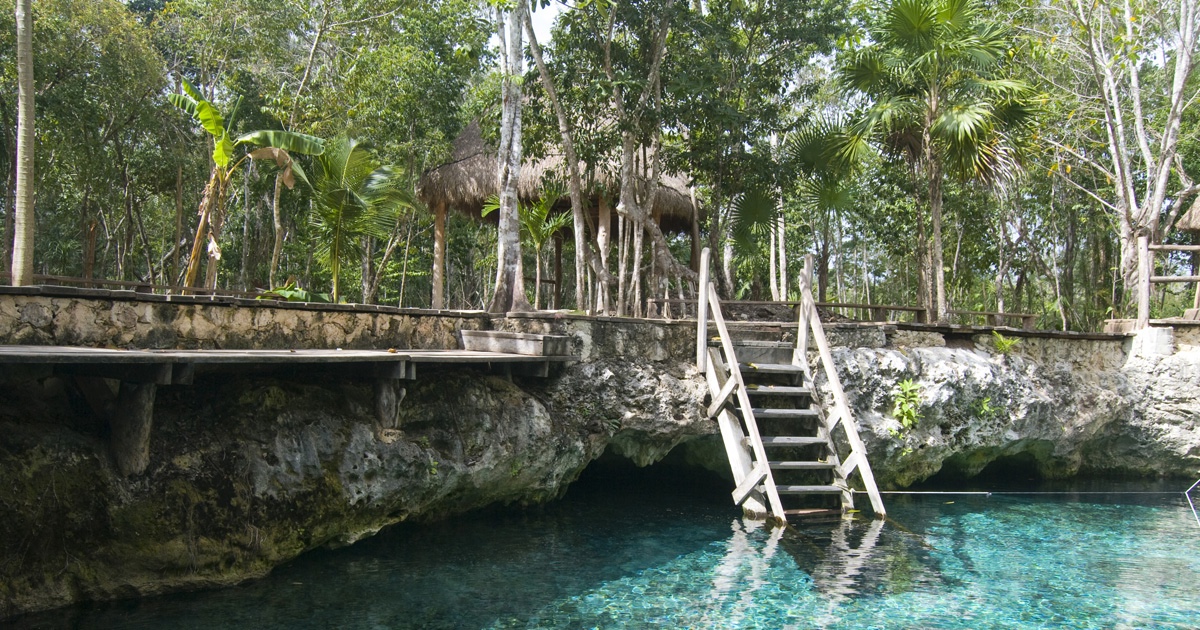Cenotes are natural wonders that are integral to the Mexican Caribbean’s unique landscape, playing a vital role in the region’s tourism industry. These freshwater sinkholes, formed by the erosion of limestone over thousands of years, have become one of the most celebrated natural attractions in the area. With their crystal-clear waters and surrounded by lush vegetation, cenotes are ideal for activities like swimming, snorkeling and diving. As tourism continues to grow, it is essential to adopt responsible practices to ensure that these incredible ecosystems remain vibrant for future generations.
Cenotes play a key role in the local environment by supporting a wide range of species, contributing to the rich biodiversity of the Mexican Caribbean. They provide essential habitats for wildlife, which highlights the importance of their preservation. Beyond their ecological significance, cenotes also hold great cultural and historical value, as they were sacred to the ancient Maya, who regarded them as portals to the underworld. Today, they remain a living connection to the region's heritage, offering visitors a unique blend of natural beauty and historical intrigue.
To protect these invaluable ecosystems, several cenote locations in the Mexican Caribbean have implemented sustainable practices aimed at preserving their natural integrity. One of the most important measures is the promotion of eco-friendly or biodegradable sunscreen. Visitors are encouraged to use these alternatives to help minimize the impact of harmful chemicals on aquatic life, ensuring that the cenotes remain pristine for generations of explorers.
In addition, some cenote sites have introduced capacity limits and visitor guidelines to help reduce environmental pressure, allowing for a more sustainable experience. These measures also support ongoing conservation efforts that help preserve the delicate balance of the cenote ecosystems. Knowledgeable eco-guides are available at many cenotes to educate guests on responsible practices, such as respecting wildlife, leaving no trace and protecting the surrounding environment.
Efforts to maintain and restore the vegetation around cenotes are also vital, as the lush greenery not only enhances the visitor experience but also stabilizes the soil and filters rainwater before it enters the cenotes. Additionally, community-led initiatives have been established to monitor water quality and educate local populations about the importance of cenote conservation.
The commitment to sustainability in the Mexican Caribbean’s cenotes highlights the region’s dedication to preserving its natural beauty while providing unforgettable experiences for tourists. Cenotes are more than just stunning destinations—they are essential elements of a delicate ecosystem that demands our respect and care. By practicing responsible tourism, visitors help protect these natural wonders, ensuring they remain an awe-inspiring part of the landscape for future generations.







